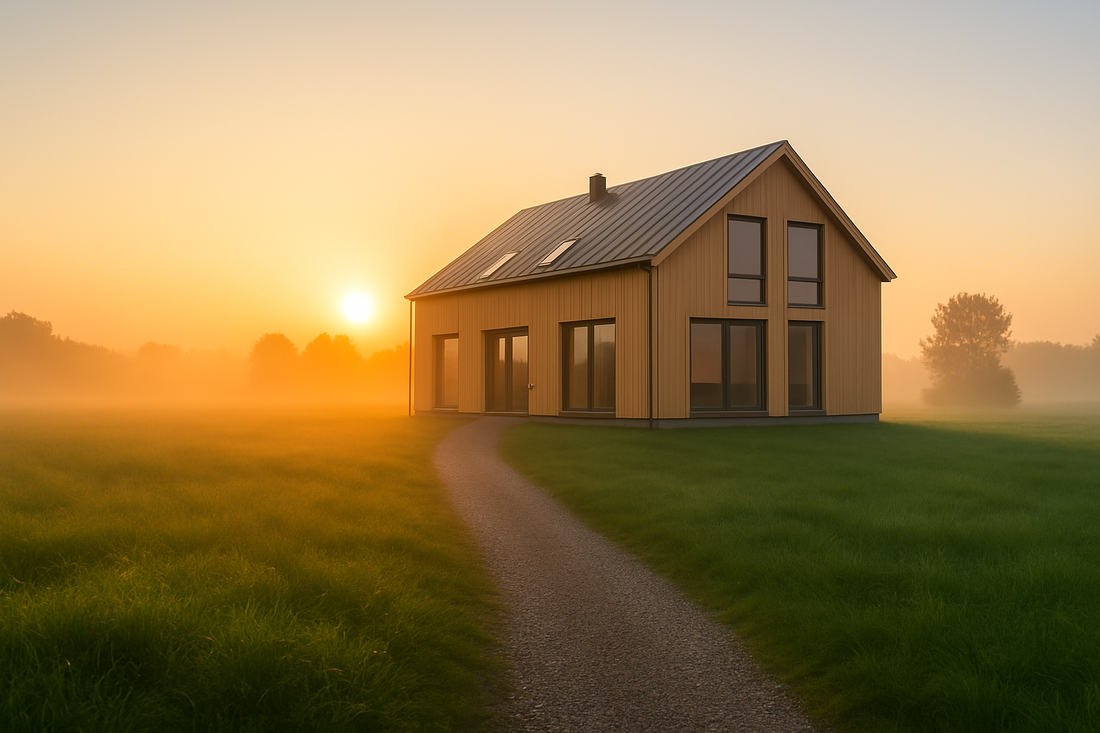
Higher humidity at the entrance - how to protect your home and holiday home with Telldus
Share
Late summer and early fall mean fluctuating temperatures and rising humidity. That’s when the risk zones in your home are the first to notice: attics, basements, crawl spaces, and laundry rooms. As moisture creeps up, the risk of odors, condensation, and mold increases — often before you can see anything with the naked eye. This is the time to take control, without the hassle.
Why is the risk increasing right now?
As the air becomes more humid and the nights cooler, moisture condenses on colder surfaces. This drives up relative humidity (RH) in exposed spaces. In just a few days, RH can pass levels where materials are damaged if nothing is done.
How Telldus helps – from monitoring to action
With temperature and humidity sensors connected to Hub 1, you get real-time data, notifications when your thresholds are exceeded, and can automate actions. For example, have a dehumidifier or ventilation start when RH rises — and turn it off again when the level is safe.
Measure where it counts
Attic/cold attic, basement, crawl space, laundry room, shed/storage room and in the summer house.
Thresholds that many people use
Alarm around 60–65% RH and normalize around 55%.
Your “moisture guard” in 15 minutes
- Place 2–4 sensors in risk zones (start with attic + basement/crawler).
- Pair in the app via hub 1 and name the rooms.
-
Create rules: “RH > 65% = start dehumidifier”, “RH < 55% = turn off”.
Follow the trend in the app and adjust if necessary.
The result
Less stress, fewer surprises and better decision-making — both at home and remotely. Telldus makes it easy to see, understand and act in time.
Discover Zigbee indoor temperature and humidity sensor, Zigbee outdoor temperature and humidity sensor and hub 1.

